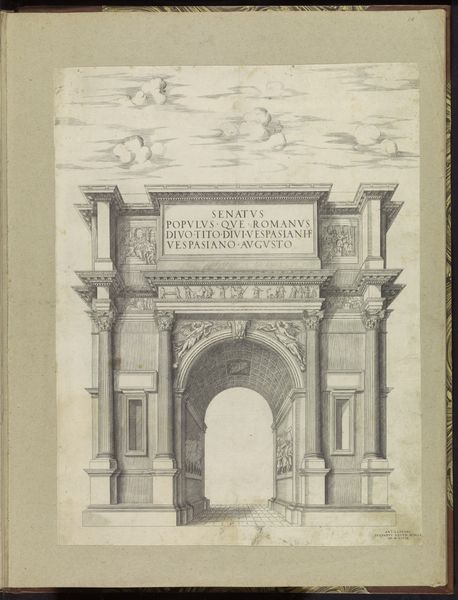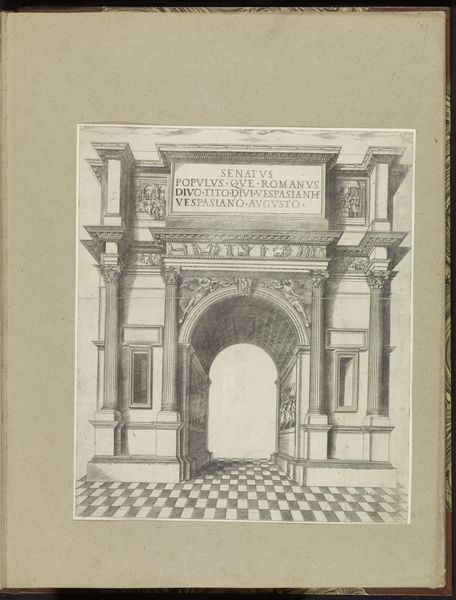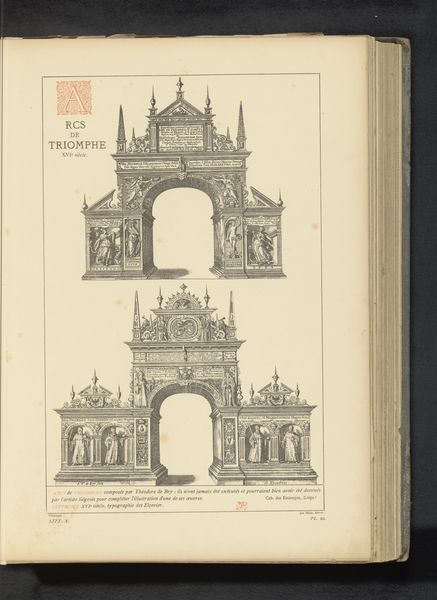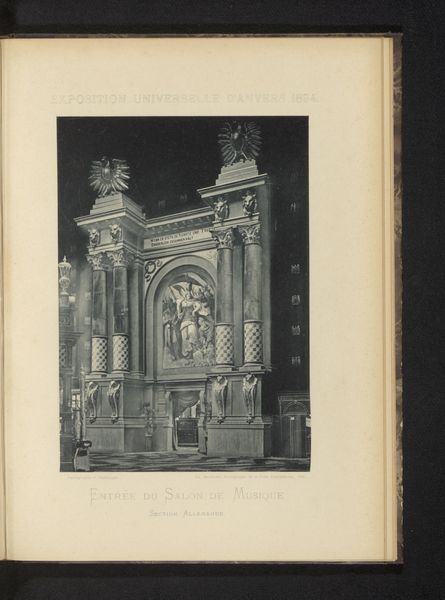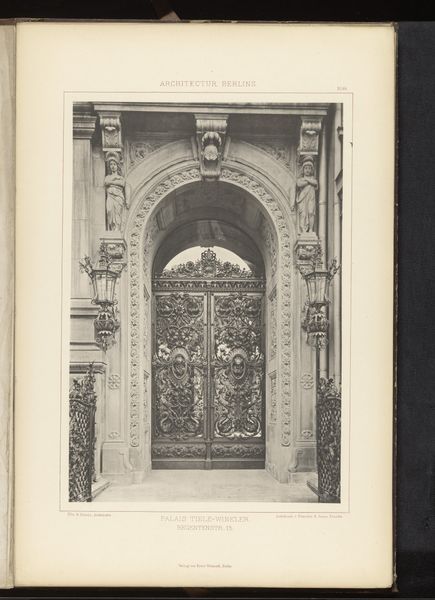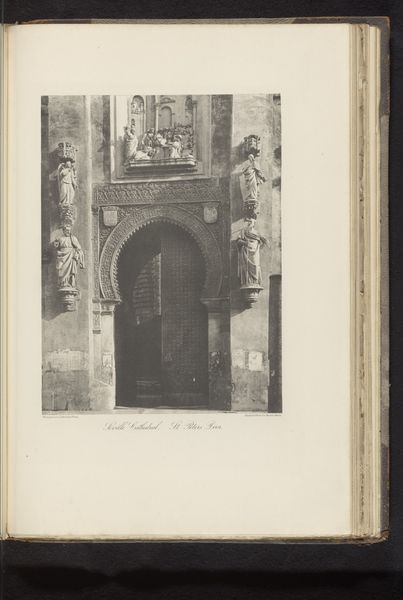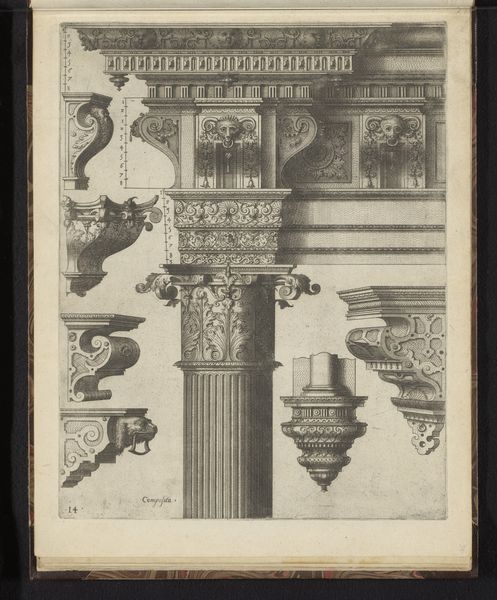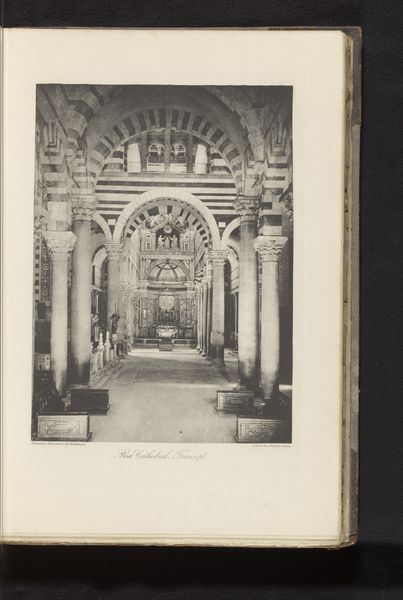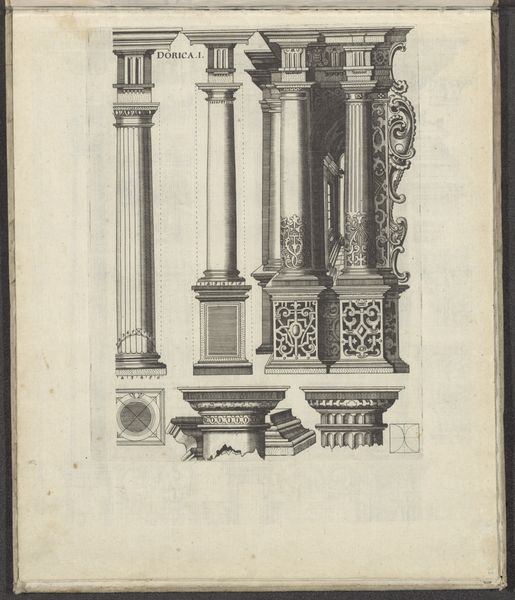
drawing, paper, ink, pencil, architecture
#
drawing
#
pencil sketch
#
landscape
#
paper
#
ink
#
geometric
#
pencil
#
italian-renaissance
#
pencil art
#
architecture
Dimensions: height 290 mm, width 360 mm
Copyright: Rijks Museum: Open Domain
This detailed print, ‘Boog van Constantijn te Rome’, renders the ancient Arch of Constantine with remarkable precision. It was made using engraving, a process where lines are incised into a metal plate, which is then inked and printed. What's striking is the level of detail, mimicking the original's stone construction. Look closely, and you can see the varying depths and textures achieved through the engraver's skill, emulating the play of light and shadow on the monument’s surface. The process itself is labor-intensive, demanding meticulous handwork to translate the three-dimensional architecture into a two-dimensional image. Prints like these played a crucial role in disseminating knowledge of classical architecture. They weren’t just art objects; they were tools for architects, historians, and anyone interested in Roman grandeur. In a way, this print collapses the distinction between craft, art, and document, reminding us that even the most functional objects can be imbued with aesthetic value and cultural significance through the skill of making.
Comments
No comments
Be the first to comment and join the conversation on the ultimate creative platform.

